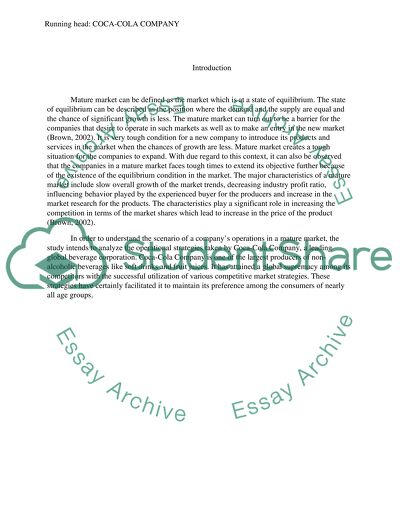Cite this document
(Distribution Strategy of Coca-Cola Company Case Study, n.d.)
Distribution Strategy of Coca-Cola Company Case Study. Retrieved from https://studentshare.org/marketing/1453062-coca-cola-company
Distribution Strategy of Coca-Cola Company Case Study. Retrieved from https://studentshare.org/marketing/1453062-coca-cola-company
(Distribution Strategy of Coca-Cola Company Case Study)
Distribution Strategy of Coca-Cola Company Case Study. https://studentshare.org/marketing/1453062-coca-cola-company.
Distribution Strategy of Coca-Cola Company Case Study. https://studentshare.org/marketing/1453062-coca-cola-company.
“Distribution Strategy of Coca-Cola Company Case Study”, n.d. https://studentshare.org/marketing/1453062-coca-cola-company.


